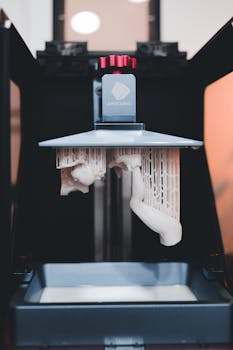Innovative Event Technology Solutions
Explore cutting-edge solutions that elevate your event experiences.
3D Digital Signage
Embrace the future of event display with 3D Digital Signage, enhancing your brand presence with interactive and visually stunning content. Using advanced technology, our 3D displays engage and captivate your audience, ensuring your message stands out in any setting.
Learn more about Immersive Content CreationEvent Technology Research & Development
Our Research & Development team is dedicated to innovating and pushing the boundaries ofevent technology. From prototyping to full-scale deployment, we ensure our solutions are at the forefront of the industry.
Discover more about our Research & Development servicesInteractive Techno Games
Engage your attendees with our Interactive Techno Games, combining fun and technology. These games offer a unique way for audiences to interact with the event, keeping them entertained while reinforcing your message.
Explore Interactive Techno GamesRobotic Activations
Take your event to the next level with Robotic Activations. These engaging activations showcase the power of robotics in real-time, offering a futuristic and memorable experience for all attendees.
Learn more about Robotic ActivationsAudio Visual Lighting
Transform your event space with stunning Audio Visual Lighting solutions. Our customizable lighting designs enhance the atmosphere while our cutting-edge audio solutions ensure crystal-clear sound quality.
Discover Audio Visual Lighting servicesImmersive Content Creation
Bring your vision to life with Immersive Content Creation. We specialize in developing interactive, 360-degree environments that fully engage your audience through virtual reality and projection mapping.
Explore Immersive Content Creation services3D Printing
Enhance your event setup with 3D Printing. From creating promotional materials to interactive displays, 3D printing brings a tangible, innovative element to your event that attendees will remember.
Learn more about 3D Printing services